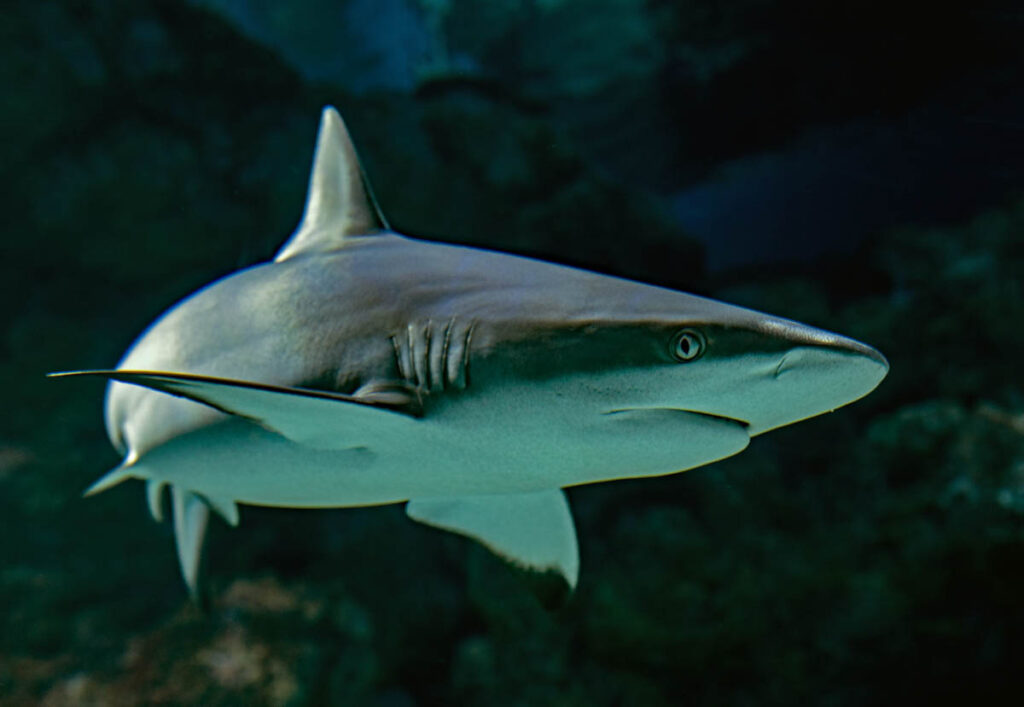Sharks, the majestic creatures of the deep, have long fascinated and intrigued humans with their powerful presence and mysterious nature. Often misunderstood, these magnificent creatures play a crucial role in maintaining the delicate balance of marine ecosystems. In this article, we will explore the captivating world of sharks, shedding light on their behavior, while providing a balanced perspective on shark attack incidents.
The Diversity of Sharks:
Sharks belong to a diverse group of fish that encompasses more than 500 different species. Ranging from the colossal whale shark to the sleek and agile great white shark, each species possesses unique characteristics and adaptations that enable them to thrive in various marine environments.
Shark Behavior:
Contrary to their portrayal in popular culture, sharks are not mindless man-eaters. They are highly evolved predators, finely tuned to survive in their respective niches. Let’s delve into some fascinating aspects of their behavior:
1. Feeding Habits:
Sharks have a diverse range of feeding strategies. Some species, such as the great white shark, are apex predators that feed on a variety of marine animals, including seals and fish. Others, like the whale shark, are filter feeders that sift through large volumes of water to consume tiny plankton. Most sharks are opportunistic feeders, adapting their diet based on available prey.
2. Migration Patterns:
Many shark species exhibit impressive migration patterns, traveling vast distances in search of food or suitable breeding grounds. These migrations are vital for maintaining population diversity and ensuring the survival of various shark species.
3. Social Behavior:
While sharks are generally solitary creatures, some species engage in social behavior. Certain sharks form loose aggregations for mating or feeding, and some even display complex courtship rituals. However, the extent of social behavior varies greatly among species.
4. Senses and Adaptations:
Sharks possess an array of extraordinary senses that allow them to thrive in their marine environments. Their keen sense of smell can detect the scent of prey from miles away, while electroreception helps them locate prey hidden beneath the sand. Additionally, their streamlined bodies and powerful tails enable them to swim swiftly and with precision.
Shark Attacks: Understanding the Reality:
It is essential to discuss shark attacks in a responsible and objective manner. While the idea of encountering a shark can instill fear, it is crucial to note that shark attacks are relatively rare occurrences. In fact, humans are more likely to be injured by lightning strikes or in car accidents than by a shark.
Statistics on Shark Attacks:
According to recent statistics, the number of unprovoked shark attacks worldwide remains low, with an average of around 80 incidents annually. However, it is important to remember that the chances of encountering a shark are influenced by several factors, including geographical location, human activities, and environmental conditions.
Preventive Measures:
To ensure human safety and minimize potential encounters with sharks, coastal communities and individuals can adopt preventive measures. Some recommended practices include:
1. Beach Safety: Observe and follow any local guidelines or warnings regarding shark activity at beaches. Swim in designated areas with lifeguards and avoid swimming alone.
2. Avoiding Provocation: Respect marine wildlife and avoid behaviors that might provoke or attract sharks, such as excessive splashing, wearing shiny jewelry, or fishing near swimming areas.
3. Education and Awareness: Promote public education and awareness programs to provide accurate information about shark behavior, dispel misconceptions, and encourage conservation efforts.
Conclusion:
Sharks, with their intricate behaviors and vital roles in marine ecosystems, deserve our respect and understanding. By appreciating their diversity and dispelling myths surrounding shark attacks, we can foster a greater appreciation for these remarkable creatures. Let us strive to coexist responsibly with sharks and embrace their presence as an awe-inspiring component of our oceans’ delicate tapestry.







